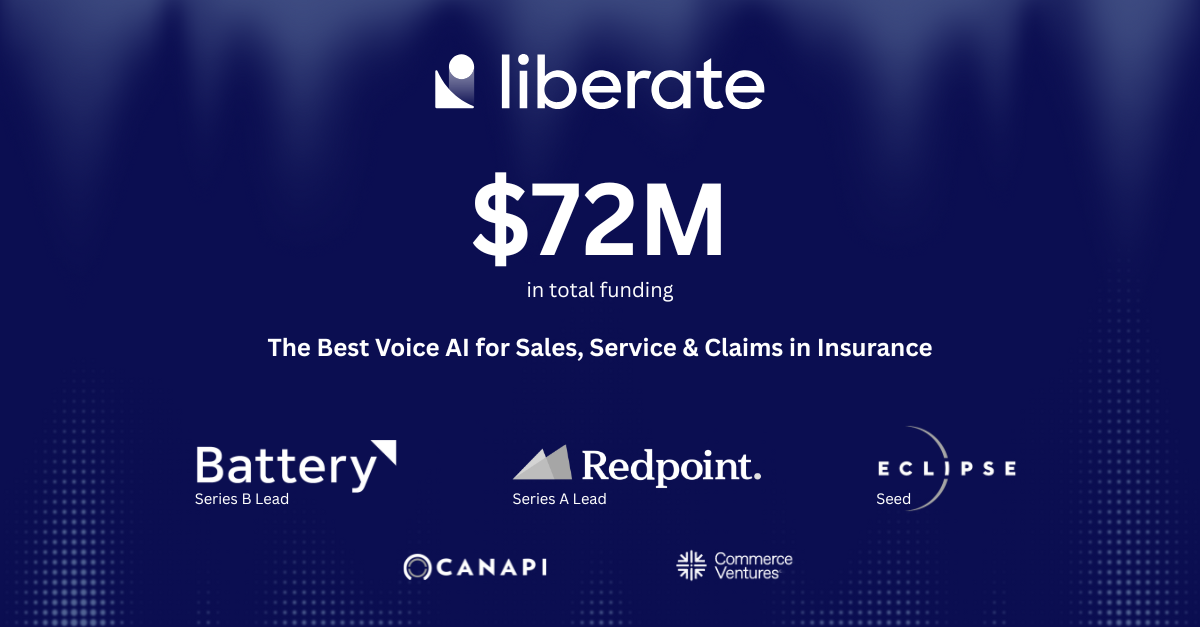While businesses await federal AI regulations, the National Association of Insurance Commissioners (NAIC) is providing guidance. A recent survey shows how insurers are leveraging AI and machine learning now. The NAIC plans to use the results to guide possible changes to regulatory frameworks. Here’s what insurers need to know about the NAIC AI update.
AI Is Developing Faster Than Legislation
AI has been developing at breakneck speeds. Relevant legislation has lagged far behind.
President Biden recently issued an executive order that establishes new standards for AI safety and security. It’s a far-reaching plan that tackles everything from protecting consumers and workers to promoting innovation and competition. Federal legislation may soon follow.
In the meantime, states have been working on their own laws. According to the National Conference of State Legislatures (NCSL), artificial intelligence bills were introduced in at least 25 states and the District of Columbia in 2023. Additionally, 15 states and Puerto Rico enacted legislation or adopted resolutions related to AI. For example, North Dakota enacted legislation that excludes artificial intelligence from the definition of a person.
Some of the proposed legislation will likely impact insurers. According to Digital Insurance, state regulators are increasingly interested in how the AI models that insurers are adopting could be biased. Data privacy issues could be another major area of concern.
Insurers Are Plowing Ahead
Deloitte says generative AI could help property and casualty insurers streamline claims processing and support loss prevention to increase productivity and cost savings. In another report, Deloitte says “data is the new currency” and that insurers can leverage AI to get ahead in a data-based world.
Regardless of the regulations that may be coming sometime in the future, insurers are adopting new AI tools now. The benefits are simply too great to pass up. According to Accenture, 65% of insurance companies say they plan to invest at least $10 million in AI technology over the next three years.
NAIC AI Guidance
The NAIC has been exploring technological developments (including AI) in the insurance sector. In 2019, the NAIC’s Innovation Cybersecurity and Technology Committee established the Big Data and Artificial Intelligence Working Group. This group developed regulatory principles on AI that the full NAIC membership adopted at the 2020 Summer National Meeting. The NAIC’s AI guidelines call for fair and ethical, accountable, compliant, transparent and secure, safe, and robust AI insurance applications.
The Current State of AI in Insurance
The NAIC’s guidelines have been a cornerstone for AI adoption in insurance. However, a lot has happened since the NAIC issued these guidelines in 2020. In particular, insurance companies have been adopting new AI applications since ChatGPT launched in late 2022.
The 2022-23 Home Artificial Intelligence/Machine Learning Survey from the NAIC looked at how insurers that write home insurance policies are using advanced AI models. The survey found that 70% of insurers were using, planned to use, or planned to explore using AI and machine learning:
- 54% in claims operations. Although few insurers are using AI to determine settlement amounts, many are using AI in subrogation and claims triage.
- 47% in underwriting.
- 47% in marketing.
- 42% in fraud detection. This typically involves using AI models to refer claims for further investigation. Insurers are also using AI to detect organized crime rings.
- 35% in rating.
- 14% in loss prevention.
Although insurers are using AI for many applications, they are leaving many policyholders in the dark. Only 10% of companies said they provided consumers with information regarding data use beyond what was required by law. When asked whether consumers can challenge or correct data outside of the processes for the Fair Credit Reporting Act, many companies simply did not answer.
The Next Step
The NAIC says that insight gained from the survey could be useful for evaluating whether the regulatory frameworks for AI need changing. This may include creation of a risk hierarchy to prioritize the need for more governance and oversight as well as an evaluation of third-party models and consumer data recourse.
This is an area that insurers need to watch. New regulations appear to be coming; insurers that keep up with current guidance and best practices stand to have an easier time remaining compliant.
One thing is clear: AI is changing insurance. Are you ready to see what it can do for you? Liberate offers automation that can simplify your processes, delight your customers, and reduce your costs. Learn more.

.avif)



